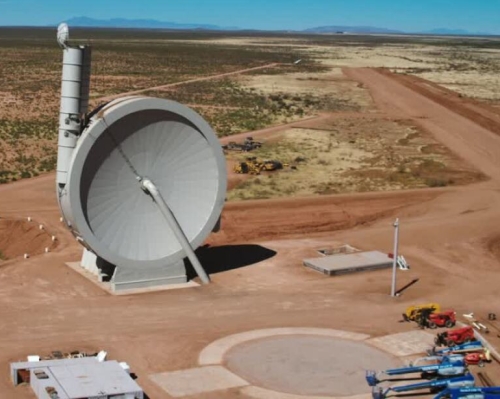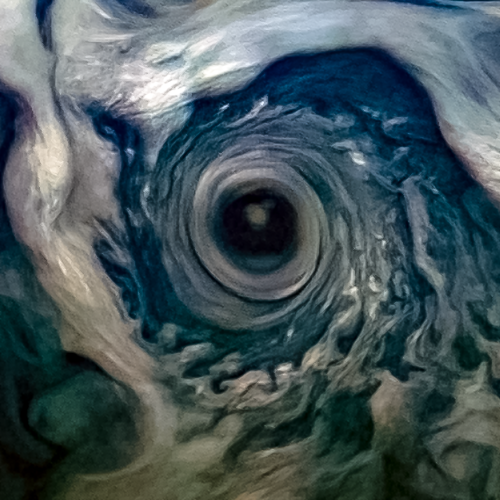Neptune’s cooling when it should be warming

The uncertainty of science: Observations of Neptune during the past seventeen years using the Very Large Telescope have shown the planet mostly cooling during this time period, even though Neptune was moving into its summer season.
Astronomers looked at nearly 100 thermal-infrared images of Neptune, captured over a 17-year period, to piece together overall trends in the planet’s temperature in greater detail than ever before. These data showed that, despite the onset of southern summer, most of the planet had gradually cooled over the last two decades. The globally averaged temperature of Neptune dropped by 8 °C between 2003 and 2018.
The astronomers were then surprised to discover a dramatic warming of Neptune’s south pole during the last two years of their observations, when temperatures rapidly rose 11 °C between 2018 and 2020. Although Neptune’s warm polar vortex has been known for many years, such rapid polar warming has never been previously observed on the planet. “Our data cover less than half of a Neptune season, so no one was expecting to see large and rapid changes,” says co-author Glenn Orton, senior research scientist at Caltech’s Jet Propulsion Laboratory (JPL) in the US.
The sequence of photos above show that change over time. Lower latitudes generally get darker, or cooler, while the south pole suddenly brightens, getting hotter, in 2020.
The scientists have no idea why this has happened, though they have theories, ranging from simple random weather patterns to the influence of the Sun’s sunspot cycle.

The uncertainty of science: Observations of Neptune during the past seventeen years using the Very Large Telescope have shown the planet mostly cooling during this time period, even though Neptune was moving into its summer season.
Astronomers looked at nearly 100 thermal-infrared images of Neptune, captured over a 17-year period, to piece together overall trends in the planet’s temperature in greater detail than ever before. These data showed that, despite the onset of southern summer, most of the planet had gradually cooled over the last two decades. The globally averaged temperature of Neptune dropped by 8 °C between 2003 and 2018.
The astronomers were then surprised to discover a dramatic warming of Neptune’s south pole during the last two years of their observations, when temperatures rapidly rose 11 °C between 2018 and 2020. Although Neptune’s warm polar vortex has been known for many years, such rapid polar warming has never been previously observed on the planet. “Our data cover less than half of a Neptune season, so no one was expecting to see large and rapid changes,” says co-author Glenn Orton, senior research scientist at Caltech’s Jet Propulsion Laboratory (JPL) in the US.
The sequence of photos above show that change over time. Lower latitudes generally get darker, or cooler, while the south pole suddenly brightens, getting hotter, in 2020.
The scientists have no idea why this has happened, though they have theories, ranging from simple random weather patterns to the influence of the Sun’s sunspot cycle.










